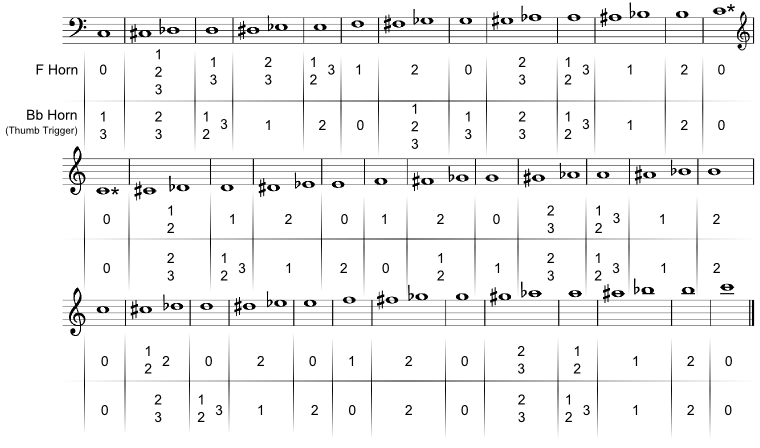

Therefore, A minor is the relative minor of C major (C major and A minor share the same key signature: no sharps or flats).Ĭ major is called the relative major of A minor. For example: in C major the sixth note is an A. The actual pitch of a piccolo is eight tones (one octave) up from the written score. The actual pitch of a bass flute is eight tones (one octave) down from the written score. The actual pitch of an alto flute is four tones down from the written score. Although it is possible to produce higher or lower notes than shown with these. From the fifth bar onward, the fingering for E-C(Db) is the same as for an octave.
/Piano-Scale-Fingering_06-56a72f045f9b58b7d0e7ab10.png)
Even with four valves, fingerings change with compensating systems. 1 Fingerings for the lower notes may change depending on the tubas make or model.

G major scale is also called 1 sharp scale where the sharped key is F (i.e F) Please ignore below tags:. including the sharps and flats (AKA the chromatic scale) In some cases alternative fingerings are. It can be found by taking the sixth note of the first scale and playing a minor scale starting on that note. Fingering diagram for the 4-valve B tuba. G major scale ( 1 sharp scale ) with correct fingering. D Major E standard fingering equivalent: G major. When a piece of music is in a major key, the relative minor means the minor key which has the same key signature.


 0 kommentar(er)
0 kommentar(er)
